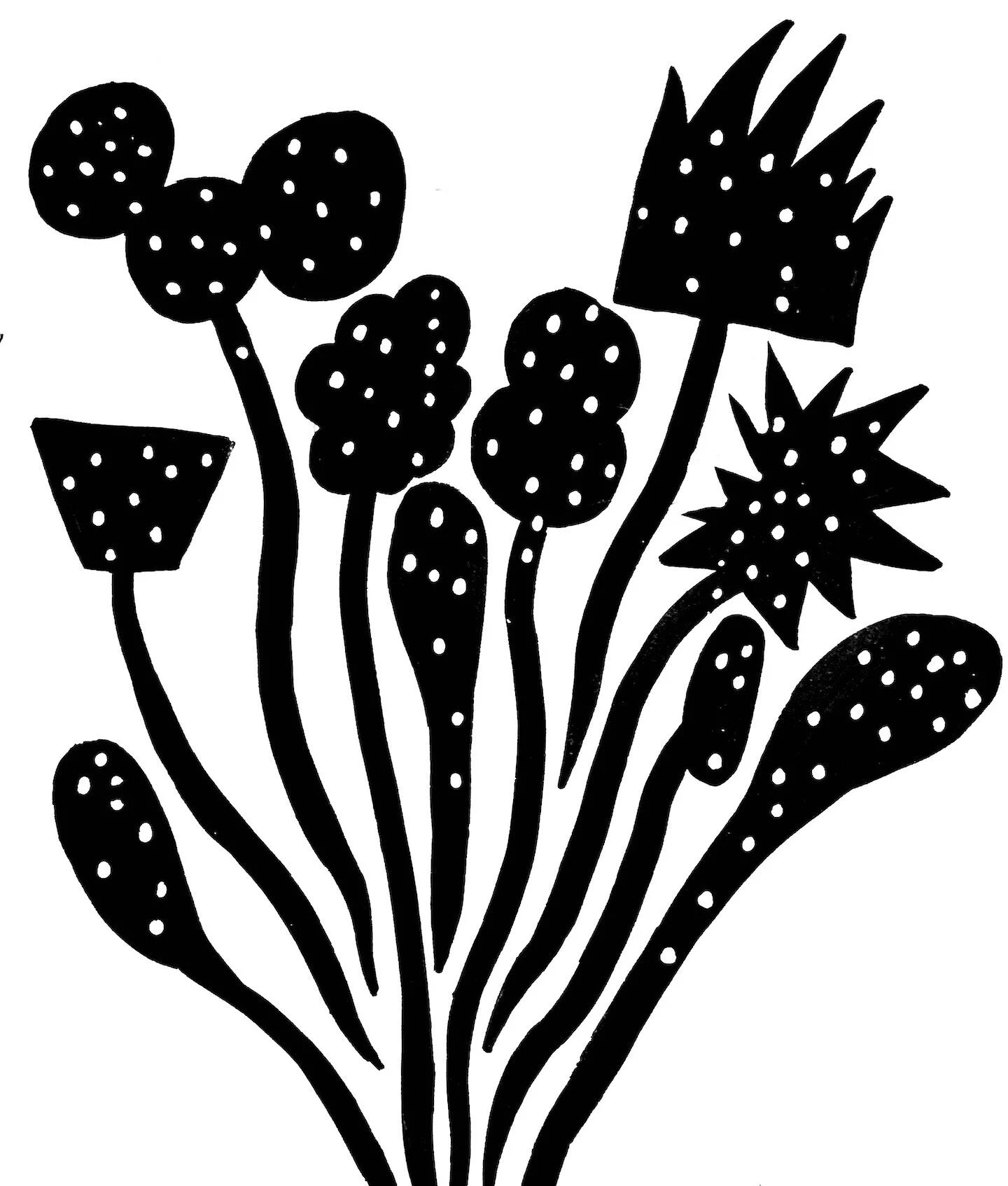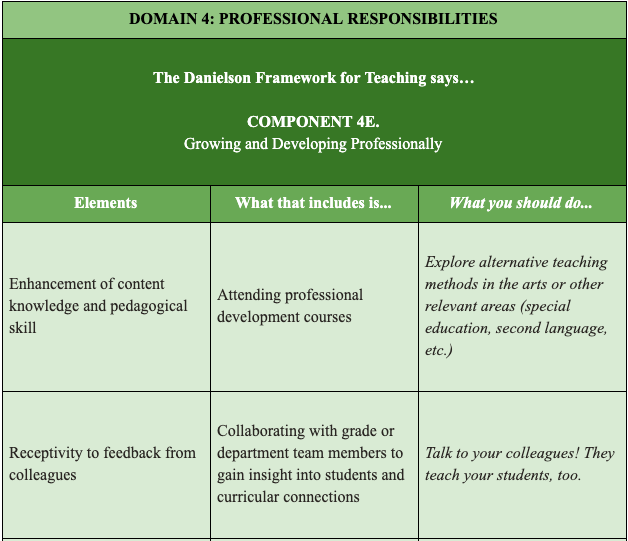your growth, your professional responsibility
Happy new year! With each new year, we embrace the opportunity to reset. We set resolutions in our personal lives and new goals for our professional ones. And so in time for your new you, I offer you a perspective on my own journey towards professional growth...
Process Drama. That has been my white whale. This is the educational theatre concept that I just have not been able to incorporate into my curriculum--that I just can’t wrap my brain around. According to an article in Teaching Theatre Magazine, “Process drama is a broad term for various strategies that teachers use to engage students in dramatic situations outside of theatre—to get them to participate in a process, not to produce a performance.” I’ve heard stories from other teachers who found great success in their elementary classrooms creating these story-based dramas, and, of course, across the pond, it’s just the way they do things. But I just couldn’t figure out how to blend the skills- and standards-based grading of a traditional public school drama program with the free-flowing open-ended structure of a process drama.
In fact, I had discounted it altogether once I started teaching middle school. I all but forgot it existed. That is until I had the good fortune to host world-renowned Process Drama specialist, Cecily O’Neill in my classroom. Cecily was in New York City to serve as the dramaturg for the New Plays for Young Audiences series at NYU. I was kicking off a newly formed partnership with the series, where I would introduce the play in development to students in my class, and then we’d be joined by the playwright and dramaturg so they could get some feedback or try out material with their intended audience--middle schoolers.
For the first of our visits from the series, Cecily O’Neill came, and as I watched on--star-struck to host this big name in theatre education, whose books sit on my shelves--she mesmerized my students. She guided them in a virtual whisper into a drama that my skeptical 14-year-olds bought into immediately. There wasn’t a moment’s pause. They were exploring setting and character intention. They were listening to and building onto one another’s ideas. They were seamlessly morphing their ideas into others.’ Saying “Yes, and!” And it was magical to watch. In truth, a successful process drama does everything a successful classroom should. Students guide the work! Discussion pushes thinking! I wanted to figure out how to incorporate this into my curriculum in a world where I also have to assess students’ ability to master theatre skills.
I started this professional learning journey on a two-week abroad program through the University of Maryland at Trinity College in Dublin. I spent ten days in graduate classes with master’s students from around the world learning and practicing process drama with some of the UK’s experts in the field. And I approached all of it through the lens of “how do I use this technique to teach skill-based drama?” I walked away with a few ideas and even more new questions.
I found small successes. I dove head-first on Day One of my 8th grade playwriting unit by throwing them into a town hall meeting about “anti-Semitic graffiti that was found in our community.” They loved it. They were confused and thrown off, to be sure, and it was terrifying for me to feel out of control of where my lesson might go. But the students stepped up to take on the roles of the victims, witnesses, and authorities. One class even nominated a student to be a sketch artist who drew an image on the board of the “suspect.” They developed multi-layered stories about teenagers rebelling against their parents or larger issues of bullying within the school community. Many kids were inspired by the characters they created and did, in fact, evolve them into stories for their ten-minute plays. I wanted more…
I sought out practitioners and met with Cecily and Tony Graham to pick their brains about ways I could continue to weave process drama into my curriculum, now that I knew how thirsty my students were for this kind of unstructured, improvisational storytelling. I’m still trying things out and exploring ways to assess my students’ abilities and growth through these dramas. I’m also open to the possibility that I might be trying to fit a square peg into a round hole and that these two concepts might just live separately from one another.
Over the last two years, without the pressure of grading or assessment, a colleague and I are using a modified process drama model to open discussion with our 8th graders around “positive decision-making,” a social-emotional learning focus for our advisory. It has been successful in providing students with alternate perspectives and opportunities to discuss issues they might be having among their peers through the lens of another character. We’ve repeated the drama across multiple sessions, and no two went the same way. It required constant checking-in and planning--even mid-lesson--but the joy and conversation that emerged outweighed the discomfort we felt as educators in those moments where we wondered what to do next.
If you’ve ever taken the opportunity to attend a professional development for arts teachers, then you know the energy you find among colleagues. Yes, of course, there is the commiseration, but also the inspiration and camaraderie. Your teaching always improves when you can steal from others in the trenches with you.
In an article she wrote for Educational Leadership magazine, Charlotte Danielson says that, “A commitment to professional learning is important, not because teaching is of poor quality and must be ‘fixed,’ but rather because teaching is so hard that we can always improve it.” It is easy to lose sight of this when the tools designed to challenge our pedagogy and define our next steps--like Danielson and Marzano-- are often the same tools being used to determine our worth as educators. If we, as reflective practitioners, can separate evaluative tools from pedagogical resources, we might be able to use them to their ultimate purpose: to educate students to our best ability and provide them a safe, challenging, and fulfilling classroom environment.






